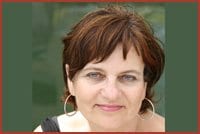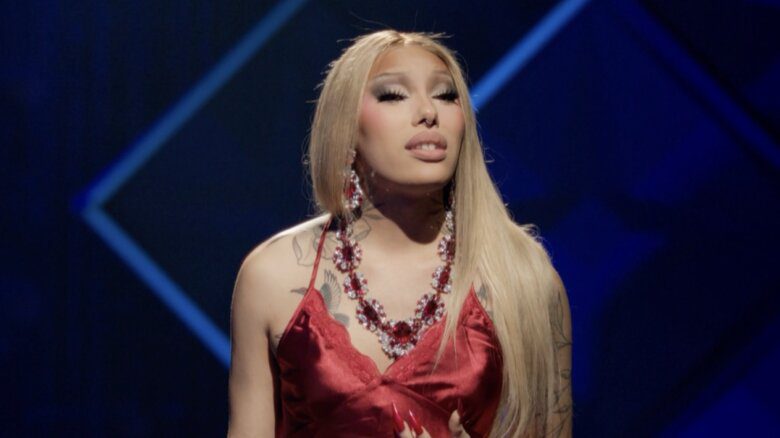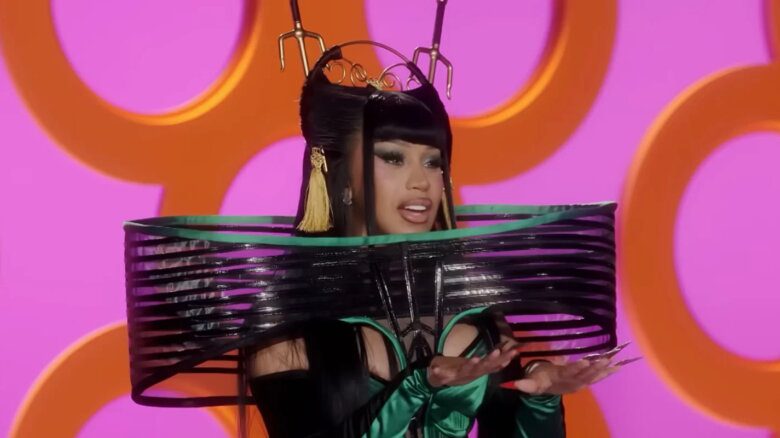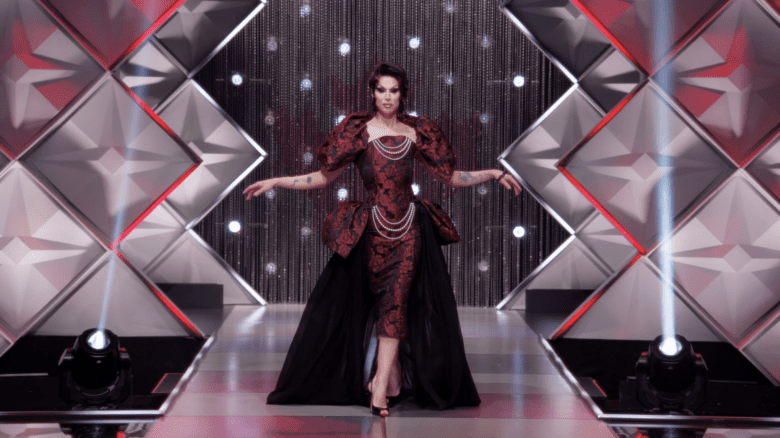At first, the lesbian sister is so steeped in Catholic culture that she believes she has received a message from the Virgin Mary, and slits her sister’s wrists. A culture so steeped in Catholic tradition is difficult for most of us to fathom.
Marusya Bociurkiw’s newest book, The Children of Mary, is about stifled queer culture in a Ukrainian family in a small town in Manitoba. It centres on the relationship between Sonya, the main character, and her older sister, Kat. After a stretch of time estranged from her uber-religious family, Kat the lesbian is eventually killed in a car accident, and her sister spends subsequent years remembering the past and exploring the queer feminist underground of Toronto.
“It’s three generations of a dysfunctional family,” says Bociurkiw. “There is also a queer narrative; the main character is a lesbian. There is the queer underground of 1990s Toronto, and there is an overlay of queer culture and identity and how they intersect and create friction between one another.”
The lack of lesbian-themed fiction or literature about queers in an urban landscape inspired Bociurkiw to write the book. She wants to write about what she feels is lacking in our literary culture.
“There are a lot of books that we don’t see on the bookshop shelf, and there is a process of filling in the blanks for me. There is a documentary impulse too, I’m really interested in history and archives of lesbian life in the 1990s – that’s already a historic period, and so I like to have a lesbian artist character in the books who stands in for this,” says Bociurkiw.
“I wanted to reflect queers in the urban landscape and the way that lesbians deal with things – with lots of sex and art and bars.”
The setting of the story is pleasantly jarring in contrast with the book’s content. The book takes place in devoutly Catholic 1970s community. From this, the reader is faced with Kat, who dates a Métis girl living in a commune where free sex is the norm.
“I think that type of background [as a setting] is really great – heterosexism, Catholic, this type of background produces a lot of queers. Sonya has to take all of the weird kind of Catholic shame and she has to transform it into something else; it makes her lesbianism into something very important for her. She has to move slower – she can’t just jump right into the Pride movement.
“Sonya is a character that exemplifies that we don’t just emerge whole,” says Bociurkiw. “She comes out of her repressive background and has this psyche of shame, and both her background and her lesbianism come together. This is able to lead her to a place where she feels very strong as a lesbian as it makes her want to go find ‘something else.'”
Even though Bociurkiw is queer, and comes from an immigrant family, her book is not secretly autobiographical, as many might think.
“I made everything up. Writers obviously tend to write what they know, and I drew from my own experience. But there is often the assumption that The Children of Mary is autobiographical, people assume there is only that one story to be told. This was only my first novel and it was kind of scary to move into the realm of made-up characters, but there is much of it that has nothing to do with my own life.”
The unusual fragmentary style of the book makes it an accessible read, and facilitates Bociurkiw’s storytelling style. The story jumps between narratives by Sonya (Kat’s forlorn sister) and Maria (the girls’ immigrant grandmother).
“I think I’m a post-modernist deep down. The novel is such an old tradition for writing and I wanted to wake it up a little bit. I knew that I wanted to have two characters speaking in counterpoint to each other. I did it because that is how family works; a family is like a scene of a story and I wanted to give a real sense of what the family was. So sometimes the characters agree and sometimes they are contradictory and it seems like a more reasonable way to sell the story,” says Bociurkiw.
Marusya Bociurkiw will be reading from her book at Mother Tongue Books, 167 Bank St, on Nov 22 at 7pm.

 Why you can trust Xtra
Why you can trust Xtra


